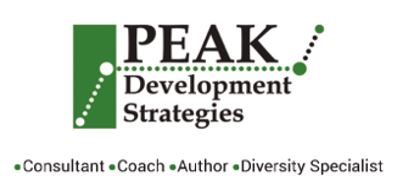Maintaining a motivational climate sets the scene for maximizing the talents and abilities of the individuals who compose the organization. People who are motivated, who maintain a positive attitude toward the organization and their role in it, and who are enthusiastic about their work look for opportunities to grow and develop. They want to grow in personal effectiveness, in career standing, and in job productivity. The most effective impact a leader can make on the “bottom line”– the place where all productive effort must eventually be evaluated – comes through helping team members develop and utilize more of their full potential.
People grow personally and gain in productivity in a climate conducive to personal and professional development. Growth is further accelerated in a work environment that offers the freedom to try new ideas, to fail and try again, and to learn from experience. Individual team member results are maximized through intelligent supportive leadership.
Career growth is a lifelong process. But the organization cannot afford to wait 20 years or longer for newly employed
individuals to mature to top professional capacity. Typically, career maturity never arrives merely by waiting for it. Today’s needs demand immediate action. It makes sense, then, to use each person’s existing strengths to the fullest possible extent. The organization gains the immediate benefit of high productivity, and the employee experiences success.
Discovering everyone’s best qualities can be a complicated process. Talents and abilities are sometimes unrecognized
even by one who possesses them. Develop a variety of techniques for discovering individual strengths:
Tests. Some qualities can be measured by tests, but others can be discovered only in practice. For example, a test can show whether prospective administrative assistants can spell, but not whether they will be at work on time every day. A performance test can show whether machinists can correctly set up and operate a drill press, but not whether they will consistently remember to wear safety glasses. It is fairly easy to test objective knowledge and skills, but much more difficult to test such intangibles as attitudes, judgment, and motivation.
Reviews. Reviews indicate the direction of the team member’s personal development. Informed, perceptive listening is the key to learning about people. Interviews may range from a few odd minutes standing in the hallway to a structured meeting discussing a current project.
Observation. Observe personal interactions to identify natural leaders. Using each person’s leadership potential may call for some reorganization. It may demand reshuffling duties, areas of authority, and accountability. Some individuals will initially dislike the changes that trickle throughout the organizational structure when such realignment takes place, but the final result is profit—profit through more productive people, through systems that operate more smoothly, and through bottom-line impact.
LMI Journal

Recent Comments